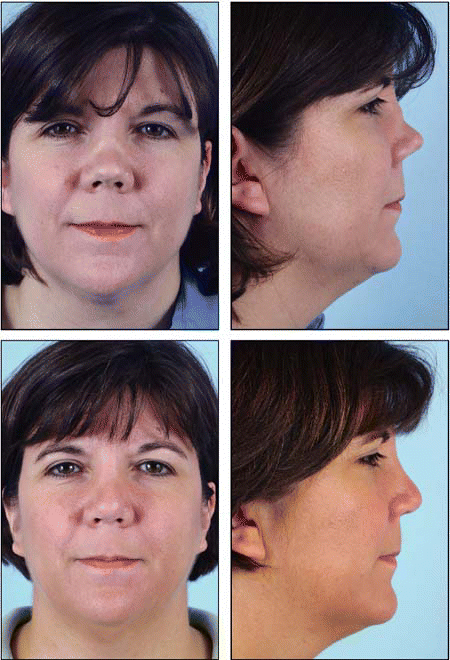The specialty of facial plastic and reconstructive surgery has undergone many changes over the past several decades. Some involve new perspectives on old procedures; some relate to evolving techniques; some concern advances in materials and technology. In addition, the patient base is changing, as are the reasons for undergoing such surgery.
Explore This Issue
November 2006Advances in Rhinoplasty
Possibly the most striking and important change in today’s plastic surgery is a new approach to rhinoplasty. “In the last ten to fifteen years, the emphasis in rhinoplasty has been on conservation,” said Russell Kridel, MD, a facial plastic surgeon based in Houston and past national president of the American Academy of Facial Plastic and Reconstructive Surgery (AAFPRS). “Previously, many surgeries were too aggressive; often, too much cartilage was removed in an attempt to make the nose smaller or to refine the nasal tip. After cosmetic nose surgery, the overlying skin can shrink down and lose some of its thickness, allowing you to see the changes underneath. If too much was removed, the cartilage can buckle and you can actually see the sharp edges of the cartilage underneath. If the structural support of the nasal skelton is weakened, the nose gradually tends to collapse and show irregularities. The late result often has been unnatural looking noses as well as nasal obstruction, both are common reasons patients may require revisions.
“In rhinoplasties done today we try to be conservative and cognizant of the nose’s structure—that is, maintaining good strong structure that supports breathing and the shape of the nose,” Dr. Kridel continued. “In most cases, the more conservative the rhinoplasty, the better the long-term result.”
Added Ira Papel, MD, of Baltimore, “As a mainly referral practice, we’ve treated people who’ve had as many as ten previous rhinoplasties and still are having problems. Many of these noses are similar: too much of the tip has been removed to make the noses thinner or the nose has lost its bony and cartilaginous support, creating nasal obstruction. Typically in these cases we’ve had to bring in new cartilage from outside the nose, such as the ear or the ribs, to do the repair.”

Thus, over the past 15 years, a new set of procedures for rhinoplasty has been developed. These conservation techniques involve very little removal of cartilage and bone and, instead, employ alteration of the existing nose using suture techniques and ensuring that key anatomic points, such as the valve, and structural support systems are maintained. Often, for example, when the nose is narrowed, spreader grafts are placed to make sure the lateral walls do not collapse. Alar batten grafts, frequently taken from the patient’s own septal cartilage, may be placed on the sides near the base of the nose. Or the shape of cartilage may be changed by moving some cartilage and suturing it to other portions of cartilage, usually with a monofilament nonabsorbable suture such as Prolene or nylon. Needed cartilage for grafts frequently is obtained from the nasal septum, the ear, or less often, the ribs.
Leave a Reply